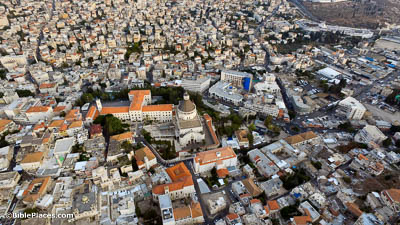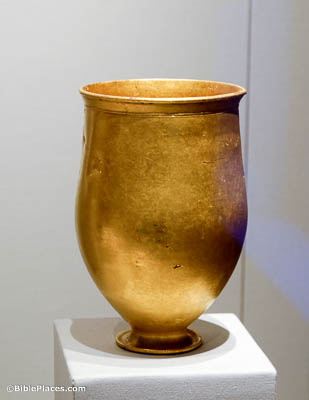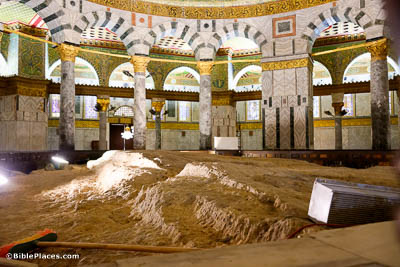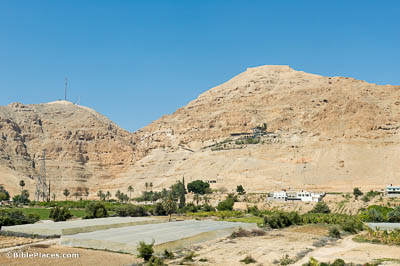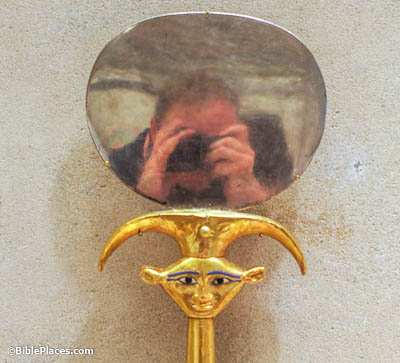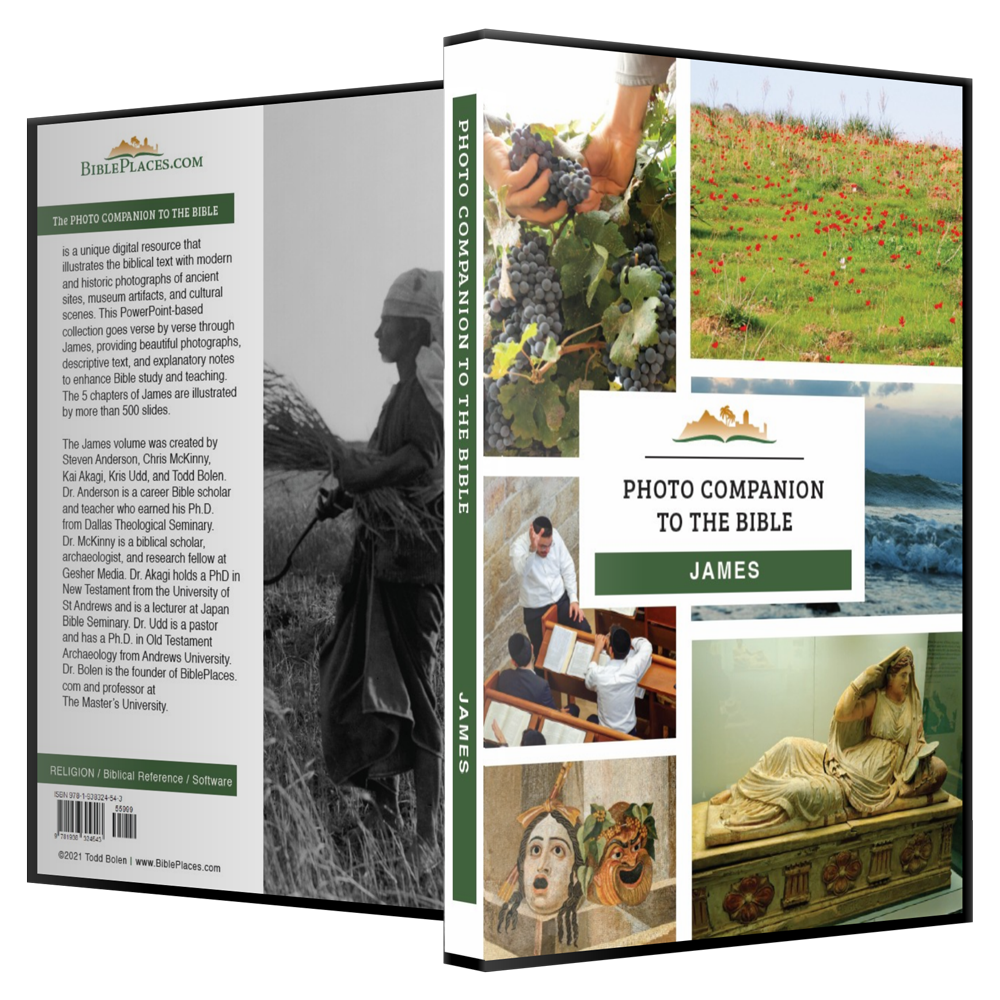James, a servant of God and of the Lord Jesus Christ (James 1:1).
Most believe that the writer of the book of James is James the half-brother of Jesus—the son of Mary and Joseph. Jesus grew up in Nazareth, and presumably His brothers did as well. The large building in the center of this aerial photo is the modern Church of the Annunciation, marking the approximate location of the traditional place where the angel announced the impending birth of Jesus to Mary.
